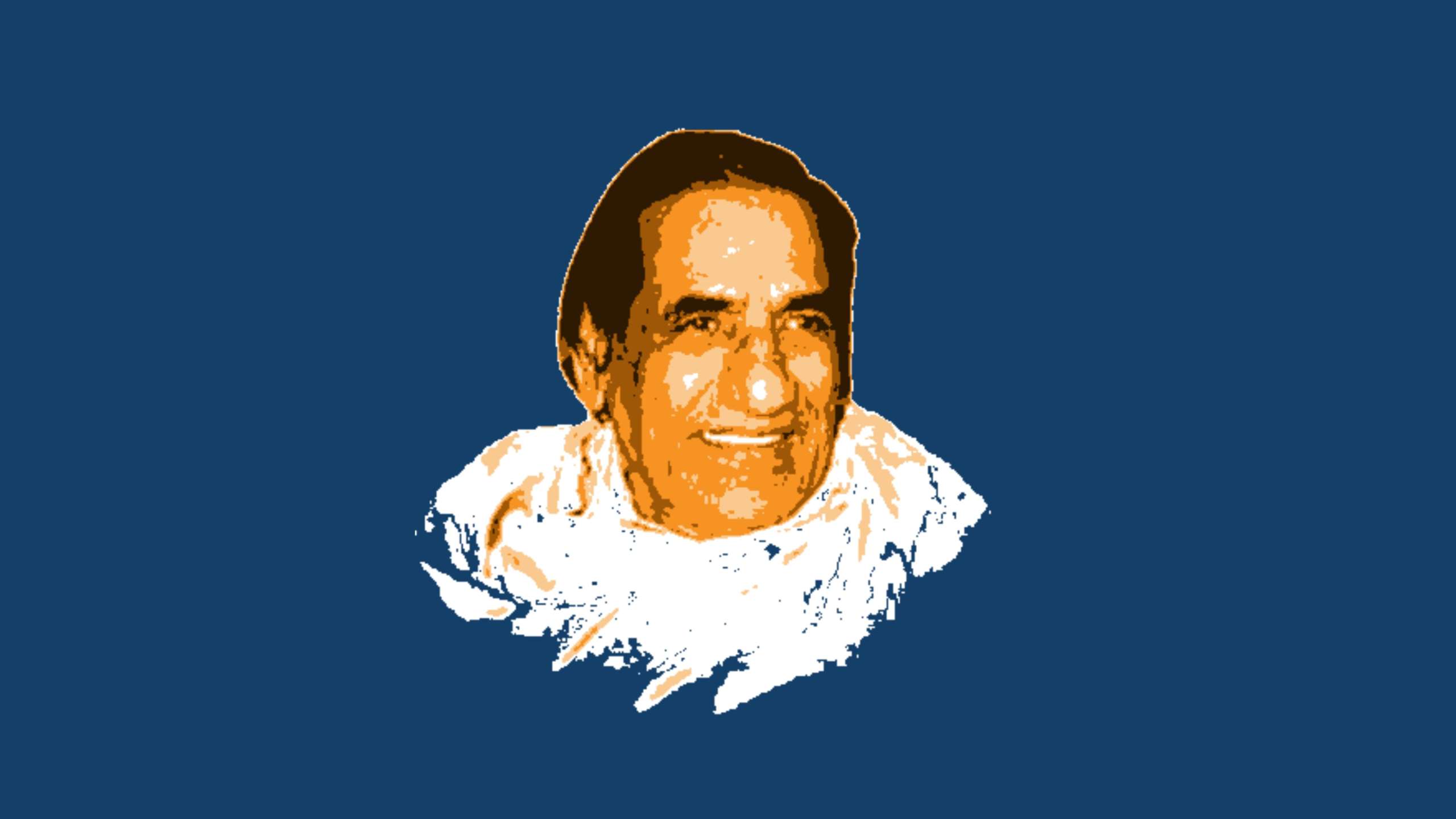Sita Ram Goel was an oasis of original thought in the midst of a veritable desert of agenda-driven discourses produced by Marxist historians. As a first-rate thinker and writer, he produced a vast range of works in history, and philosophy, which brought the focus of Indian intellectual activity back to the pursuit of truth.
By Sreejit Datta, Assistant Professor, Director of Civilisational Studies Practice & Resident Mentor at Rashtram.
Today marks the 99th birth anniversary of Sri Sita Ram Goel. One is bound to stumble upon Sri Goel’s extraordinary life and works if they are intent on finding an example of a truly postcolonial intellectual in post-independence India, and not just the ones who wear that label merely to derive legitimacy for peddling their favourite version of neocolonialism (invariably inspired and often patronised by some foreign religion/ideology/country or other) and undermine India’s indigenous civilisational culture while doing so. In the decades that followed the 1947 partition of India, an event which gave birth to the new Republic of India, it was indeed difficult to find originality of thought in the midst of the cacophony of agenda-driven discourses produced by Marxist historians, economists, sociologists, and a motley group of creative artists. These ‘intellectuals’, instead of fulfilling the role of torchbearers of fresh thinking in a country that had newly gained independence from the clutches of a highly exploitative British colonial empire, were little more than individual or collective channels of pro-Soviet Marxist propaganda in India in keeping with the political and cultural dictums of Nehruvian policy. Sita Ram Goel, along with his friend and mentor Sri Ram Swarup, was indeed an oasis of original thought in the midst of this veritable ‘desert in the realm of ideas’. As a first-rate thinker as well as an ace writer of both scholarly and literary acumen, Sita Ram Goel went on to produce a vast range of works in history, philosophy, political commentary, and literature, which brought the focus of Indian intellectual activity back to the pursuit of truth, where it should have rightfully belonged at all times, had the propagandists working within the Left ecosystem patronised by the Congress dispensation not dislodged it in post-independence India to generate their self-serving, divisive political narratives.
The most remarkable thing about Sita Ram Goel’s intellectual life is the eclectic trajectory that it followed from the thinker’s formative years up until he was in his early forties. We get a detailed and a rather personal account of this very interesting trajectory in Goel’s autobiographical work How I Became a Hindu, published in 1982. The narrative enumerates in fluid prose how his ideas evolved with time through a wide range of experiences and compelling encounters with a number of personalities from various walks of life – people who represented various ideological standpoints and world views. The organic evolution of Goel’s own thinking life is, in a sense, a perfect illustration of the struggle that inevitably takes place within the heart and the mind of every postcolonial Indian intellectual worth his salt – or within any thinking, self-aware Indian for that matter. Before returning to what he has described as his true “spiritual home” of Hinduism or Sanatana Dharma in his early forties, Goel had passed through various stages of intellectual, political, and spiritual consciousness. At different points in his lifetime before attaining this crucial and final intellectual-spiritual turn, Goel had had a brush with the Arya Samaj, Gandhism, communism, skepticism, and even Christianity for a brief period, all in that order. It is worth reading his first-hand account of the close encounters with each of these different belief structures, ideologies, and religions, and learning hard lessons from them so that one may sensitise oneself to the disorientation and confusion that accrues from such potent encounters. In that, How I Became a Hindu is capable of not only acting as a guide to every self-reflective postcolonial subject on the thorny path that they must at some point tread – it is also capable of leading them to their natural intellectual destination, their “spiritual home”, completing the full circle of the evolution of consciousness by resolving every inner contradiction which all postcolonial subjects in this Subcontinent are bound to inherit.
Goel’s other works, especially such titles as Hindu Temples: What Happened to Them, The Calcutta Quran Petition, and The Story of Islamic Imperialism in India, among others, dared to touch upon such subjects of Indian historiography and such sources of the Subcontinent’s conflictual political terrain which had hitherto been relegated by the self-appointed gatekeepers of academic knowledge production and mainstream media outlets to the dark dungeons of oblivion, largely through an obstinate act of ignoring and at times through heavy-handed censorship. And Goel was able to execute the writing and publishing of all these fine works at an exceedingly challenging time when the ruling political dispensation did not take kindly to any transgression against its carefully constructed political, ideological, and institutional status quo. This ascribes a certain revolutionary character to Goel’s scholarly activities and his accomplishments in institution-building exercises, especially in the publishing sector and in establishing and nurturing an informal but well-connected network of committed writers and scholars. Sri Goel’s legacy lives on in the countless postcolonial subjects who have been inspired by his works to take on the anti-truth, anti-civilisation, and anti-dharma forces through sheer shraddha, courage, and uncompromising scholarship – and who have, like Goel, found their way back to Sanatana Hindu Dharma in an acutely conscious and intellectually uplifting manner, which is also the most enduring homecoming, or ‘ghar-wapsi’, in the true sense of the term.
References:
- How I Became a Hindu
- Hindu Temples: What Happened to Them
- The Calcutta Quran Petition
- The Story of Islamic Imperialism in India,

